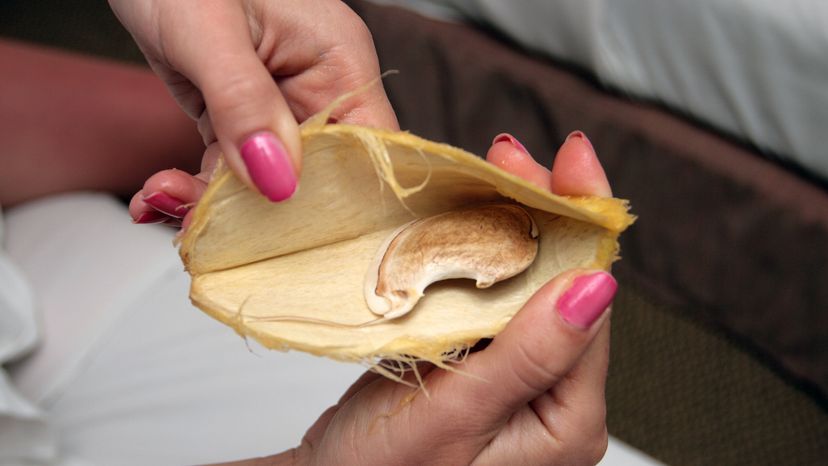1. Selecting the Right Mango Seed
Choosing the right mango seed is crucial for a successful planting. Look for a viable seed from a healthy, ripe mango, as these tend to germinate more effectively. Avoid seeds from overly ripe or underripe fruits, as their viability may be compromised.
The selected seed should be plump, without any cracks or signs of rot. Remember, the health of mango seedlings directly influence the future growth of the mango tree grown [source: Martha Stewart].
2. Preparing the Seed for Planting
Before planting, the mango seed needs to be prepared properly. Carefully remove the outer seed husk to reveal the inner seed. Soak it in water for 24 hours then wrap the seed in a damp paper towel and store it in a sealed bag. Keep the bag in a warm, bright location to help soften the outer layer and encourage germination. Don't remove it until green growth appears [source: Better Homes & Gardens].
Be gentle during this process to avoid damaging the seed, as this could affect its ability to sprout.
3. Choosing the Right Soil
Mango seeds thrive in rich, well-draining soil. Mix equal parts of compost, potting soil, and sand to create an ideal growing medium. This combination keeps the soil moist and ensures the proper drainage while providing essential nutrients for the seed's growth. The right soil is a cornerstone for a healthy tree.
4. Planting the Seed
Plant mango seedlings in a large pot with the prepared soil mix. Place the seed horizontally, covering it with about an inch of soil. It's important not to bury the seed too deeply, as this could hinder its growth.
Water the soil lightly, keeping it moist but not waterlogged. Proper planting depth and moisture levels are key to successful germination [source: Better Homes & Gardens].
5. Ideal Growing Conditions
Mango seeds like a tropical environment. They need warm, humid conditions to germinate. Place the pot in a warm spot with indirect sunlight. You can also use a heat mat to maintain a consistent temperature if needed [source: Better Homes & Gardens].
The ideal temperature for seed germination is around 65°F to 95°F (24°C to 29°C) [source: Martha Stewart]. Regularly check the soil's moisture level, ensuring it remains damp but not soggy.
6. Patience is Key
Germination can take anywhere from two to four weeks. During this time, it's important to be patient and maintain the growing conditions. Avoid overwatering, as this can lead to fungal growth or rot.
If the seed hasn't sprouted after four weeks, consider starting again with a new seed.
7. Seedling Care
Once your seed sprouts, continue to provide it with proper care. Ensure it receives plenty of indirect sunlight and keep the soil consistently moist. As the seedling grows, you may need to transplant it to a larger pot to accommodate its growing root system.
8. Fertilizing the Seedling
Fertilize your seedling every four to six weeks with a balanced, water-soluble fertilizer. Be careful not to over-fertilize, as this can damage the young plant. Proper nutrition is crucial for the seedling to develop into a strong tree that will produce fruit.
9. Pruning and Training
As your mango tree grows, it may require pruning to encourage a strong structure. Remove any weak or dead branches and shape the tree to promote air circulation and sunlight exposure. Proper pruning ensures a healthy growth pattern and increases tropical fruit production [source: WikiHow].
10. Transplanting to the Garden
Once your mango tree outgrows its pot, it's time to transplant it into the garden. Choose a sunny spot with well-draining soil. Plant the tree at the same depth it was in the pot, and water it thoroughly after planting.
Remember, mango trees need space to grow, so provide plenty of room for its canopy to spread.
